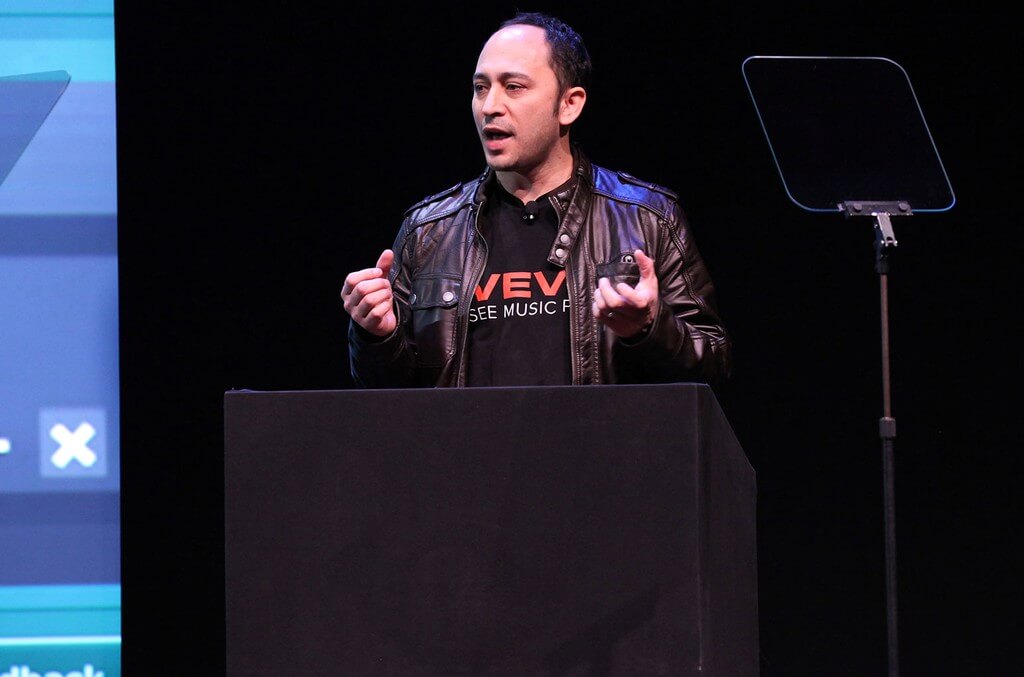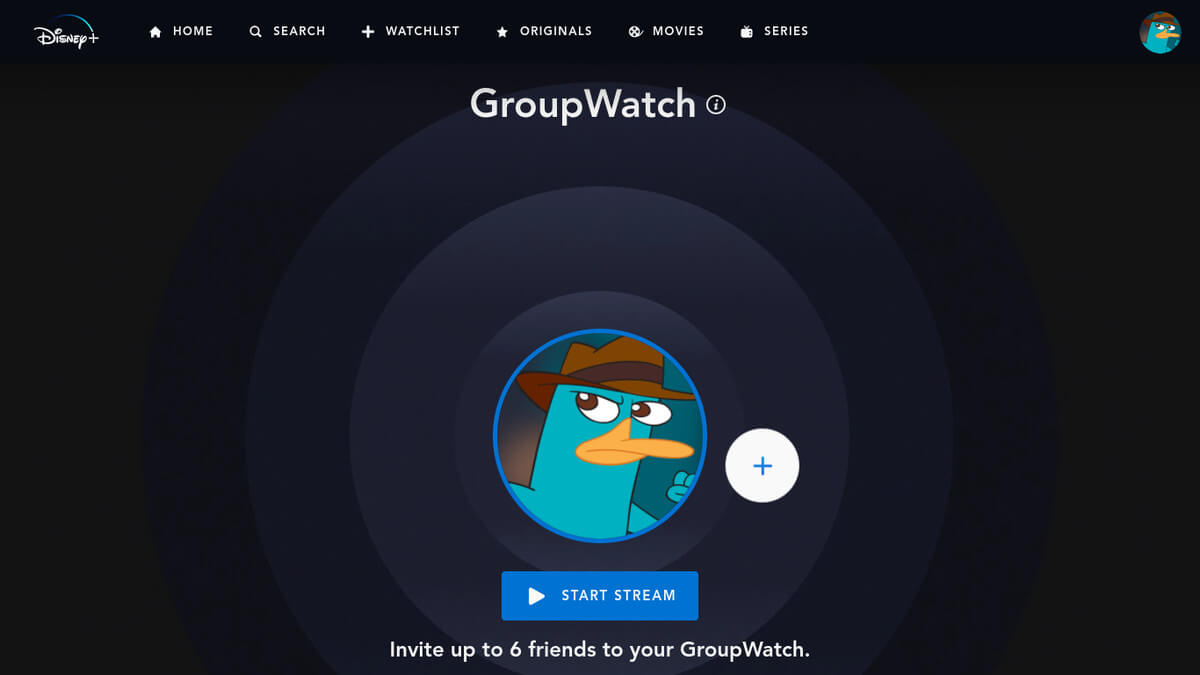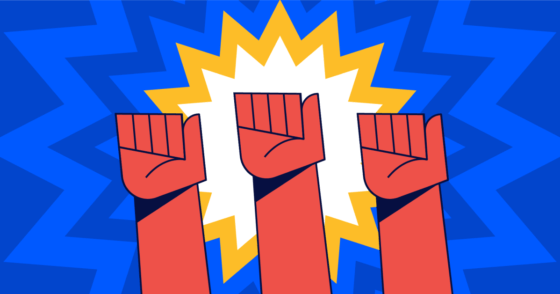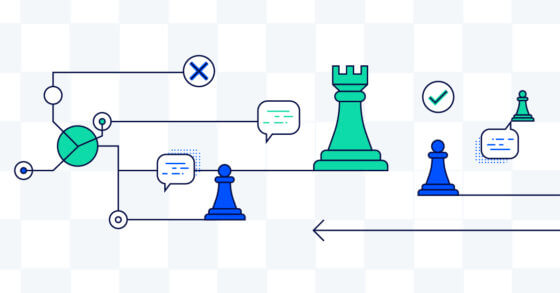Q&A with Disney+ VP Product on customer-centricity, effective prioritization & building excellent products

There are few product leaders with a more impressive resume than Michael Cerdà. From Vevo and Live Nation to Goldman Sachs and Facebook, he has delivered exceptional product experiences at some of the most impactful companies in the world.
Currently, Michael is VP Product at Disney+, where he oversees product management on Disney+ video apps across web, mobile, and connected devices. Under his watch, the company’s subscriber base has grown to over 85 million in North America, Europe, Latin America, and the Asia Pacific. All in under two years.
We recently caught up with Michael to chat more about solving user problems, effective prioritization, and what it takes to build excellent products that people use and love. Read on for a lightly edited version of our conversation.

What do you think makes products excellent?
Excellent products are simple to use, and have the right balance of functional and emotional value. But it’s also about how that value impacts an outcome that drives your company forward.
This requires thoughtfulness and clear intention about the value your product offers your customer. You have to consider the experience you want to create, the customer you want to serve (getting to the bottom of their behaviors, needs, and mindsets), and drafting on that as you build and validate.
“Excellent products are simple to use, and have the right balance of functional and emotional value. But it’s also about how that value impacts an outcome that drives your company forward.”
What are the user problems you are trying to solve? What is the ideal outcome you are hoping users achieve by using your product?
Our ideal outcome for our customers is for them to be able to thoroughly enjoy endless entertainment.
As we built out Disney+, we were trying to solve for delivering a high-quality video streaming service with the “best stories ever told”. To do that, we had to ensure an ever-evolving lineup of amazing movies and series, high-quality video playback, availability on many devices (computers, mobile phones, and connected devices) and in many countries (so far in North America, Latin America, Europe, Australia, and New Zealand).
We spent a good deal of focus on the information architecture of the app, working hard to present our customers a catalog of movies and series in a way that allows them to find something to watch quickly, easily, and often. We decided to showcase all the movies and series that were new and notable front and center of the app, ie Soul or season 2 of The Mandalorian. And just below that section, we decided to put a row of our studios (Disney, Pixar, Marvel, Star Wars, and National Geographic) so customers could “sort” that way too.
The rest of the app consists of a combination of editorial and personalized rows of movies and series, all designed to get customers to whatever endless entertainment might mean for them.
How did you approach, identify, and prioritize the key problems for your customers?
Approach — We wanted to provide our audience all the features and functionality they expect from a streaming video service, along with some that are uniquely Disney. To do this, there were some table stake features and functionality we had to nail, like signing up for an account, finding something to watch, and playback. But we also wanted to deliver some features that are unique to Disney+, like Kids Profiles, profile avatars, up to seven profiles per account, four simultaneous sessions, unlimited downloads, and, more recently, GroupWatch — the ability to watch a movie or series with friends/family when you can’t physically be together.
To do all this, we approached our mission with customer-centricity. We did hundreds of customer research sessions about both common customer journeys throughout streaming services and specifically within Disney+ with prototypes.
Identify — It wasn’t about problems so much as it was about delivering what our customers expected. It just had to work on a lot of devices and in as many countries as possible. That said, there was a lot of priority on the look and feel of the app. The app needed to feel awesome, the content needed to be merchandised in a way where customers can find what they are looking for, and videos needed to consistently play with high quality. To do this, we organized our product teams around specific parts of the customer journey to ensure we were obsessing about every detail.
Prioritize — It’s always pretty straightforward: make it work, on multiple devices, and in multiple countries. We continue to do this, however, since we’ve been in the market for over a year and are able to use data and research to reinforce our decisions and take cues on additional features to deliver. One good example of this is when we learned that a lot of fans of The Simpson’s wanted the option to watch in the original 4:3 aspect ratio, so we made it so.
Learn more about that project on our tech blog here.
How did you overcome challenges around aligning on key priorities?
Good prioritization always comes down to what value can be achieved over a given horizon, with a given investment or effort. Any great product pursuit will have trade-offs to consider from time-to-time.
In our case, we were always very clear that launching a quality service and scaling it worldwide — all while continually bringing new movies and series — were the priorities. From that foundation, we were able to create compelling bundles, such as the Disney Bundle in the U.S. which includes Disney+, Hulu, and ESPN+. We were also able to find ways to prioritize delight at a unique time in the world with a feature like GroupWatch. And we were able to find a way to bring a theatrical release like Mulan to Disney+ at a time people couldn’t go to theaters through Premier Access.
Alignment can oftentimes be flattened when you have clear outcomes and clear impact assessment about the things that contribute to those outcomes.
“Any great product pursuit will have trade-offs to consider from time-to-time.”
Tell us about an impactful feature you shipped recently.
A very timely, recent feature we shipped is called GroupWatch.
GroupWatch lets Disney+ subscribers watch a movie or show together when they can’t physically be together. Never has there been a bigger need for this than now.
With GroupWatch, Disney+ subscribers all around the world can easily watch together remotely — on web, mobile, and connected devices alike. We did a ton of R&D, qualitative original customer research, and quantitative surveys to validate along the way.

How do you maintain a consistent velocity of releasing new features?
From a product perspective, we have product managers focused on every part of the customer journey both pre- and post-signup.
Pre-signup, teams are working on offers, pricing, bundles, landing pages, the signup experience, payment methods, and overall conversion. Post-signup, teams are working on content presentation, recommendations, search, navigation, playback, and ultimately driving engagement. By having product managers focus on specific parts of the subscriber journey, we’re able to be super focused on each area and keep a continuous clip of development moving.
We classify objectives throughout the customer journey so each product manager has a logical place inside Productboard to input their insights, ideas, and hypotheses with link outs to product briefs or designs. Our partners in design, engineering, data, product marketing, etc, all have access as well, so it allows us to collaborate efficiently with cross-functional teams. Everything is parked in a stage, such as idea, in-discovery, requirements-ready, in-development, and released, so the entire lifecycle is visible to all involved, at all times. This helps grease the skids so everything that an engineer codes has been vetted, sized, assessed, and relentlessly thought through.
“...each product manager has a logical place inside Productboard to input their insights, ideas, and hypotheses...Our partners in design, engineering, data, product marketing, etc, all have access as well...the entire lifecycle is visible to all involved, at all times...everything that an engineer codes has been vetted, sized, assessed, and relentlessly thought through.”
How do ideas for a product/feature come about?
At the onset, it was making sure we delivered features and functionality that our customers would expect. But on an ongoing basis, we look at our ideal outcomes in and around growing our customer base and keeping them happy. An idea can come from anywhere in the company as long as it does one of those two things. But the best ones typically have a higher impact and are therefore prioritized.
What is your favorite part of being a PM?
My favorite part of being a PM is the opportunity to focus on both the art and science of building products, using both IQ and EQ with a balance of value creation, design, technical understanding, data awareness, and impact accountability. There’s no other role like it. It’s the hot seat, at all times, and I’d have it no other way.
What is your product leadership philosophy?
To create an offense that works for the team and environment I’m in.
PM is a bit different at every company, so calibrating that is critical to figuring out which version of the offense to run. Ideally, it’s about close cross-functional partnerships with adjacent teams so you’re all in it together at the earliest possible time. With that comes alignment to ensure everyone is rowing in the same direction, incentivized by the same things, and really driving towards the same outcome.
From there I like to empower the PMs on my team to really establish a strong point of view about their remit, to have conviction, and to be willing to place bets. I coach them to develop presence and build influence through relationships, clean execution, and data.
Ultimately, I double-down on three things: people, process, and tools.


![The CPO’s Blueprint for Annual Planning: An Opportunity to Drive Change [Part 2]](https://www.productboard.com/wp-content/uploads/2024/11/strategy-blueprint-560x293.png)



